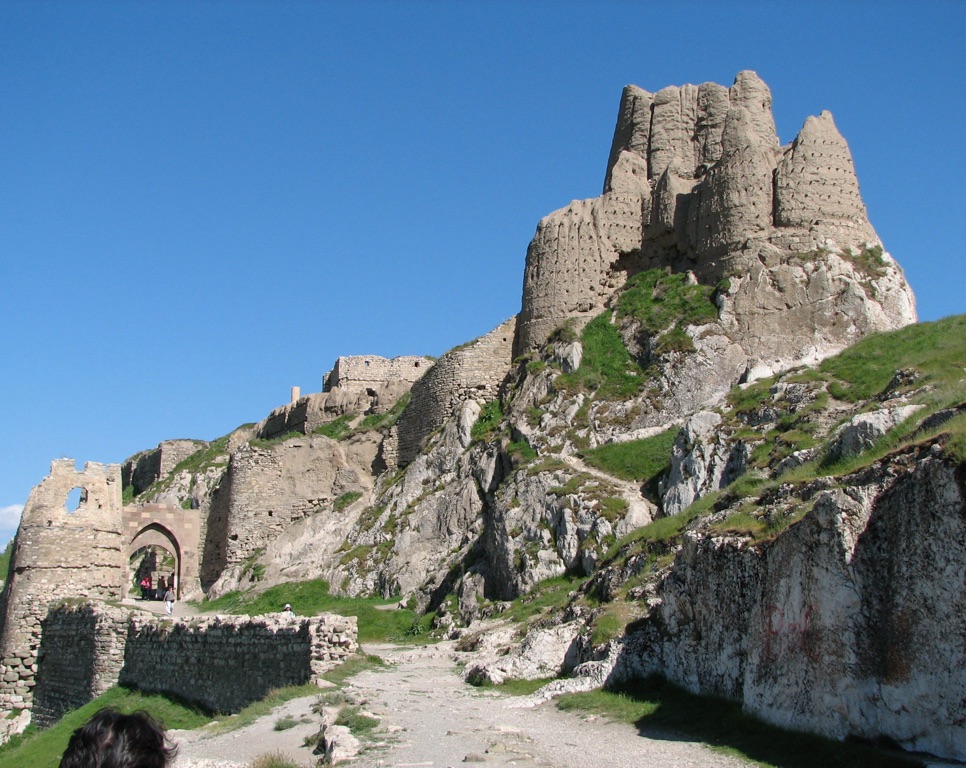Summary
Historical Significance of Van Fortress
The ancient Van Fortress stands majestically in Eastern Turkey, telling tales of the past. It was the capital of the Urartian kingdom in the 8th century BCE. The fortress is legendary for its massive stone walls and the intricate designs of its ruins. Historians and tourists alike marvel at its complex irrigation system. It’s evident that innovation was present centuries ago. Visitors can walk in the footsteps of ancient kings through the fortress’s cobbled paths. Truly, the grandeur of Van Fortress connects us with the mystique of early civilizations.
Get your dose of History via Email
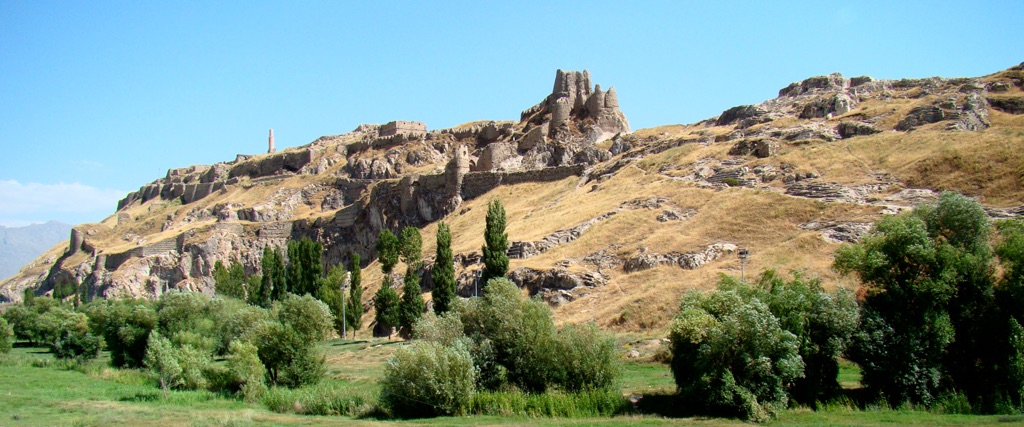
Architectural Marvels and Excavations
Van Fortress offers a glimpse into architectural advancements of the era. The fortress is not just a military stronghold. It also showcases residential areas, temples, and an artistic flair from the Urartians. Archaeological digs have unearthed artifacts that add to our knowledge of this civilization. Most artifacts are displayed in local and national museums. These exhibits offer a significant insight into the Urartian way of life. They also strengthen our understanding of their contributions to history and culture. The site is an open book, waiting for visitors to explore its pages.
Preservation Efforts and Tourism
Van Fortress is not only an important historical site, but also a focus of preservation efforts. The Turkish government and international bodies aim to maintain the integrity of the site. They undertake ongoing preservation works. Van Fortress has become a hub for curious travelers and history enthusiasts. The blend of awe-inspiring ruins and scenic beauty makes it a must-visit. The fortress overlooks the Van Lake, offering panoramic views that make the trip memorable. Encouraging sustainable tourism, the site’s management works tirelessly to ensure future generations can also experience the wonder of Van Fortress.
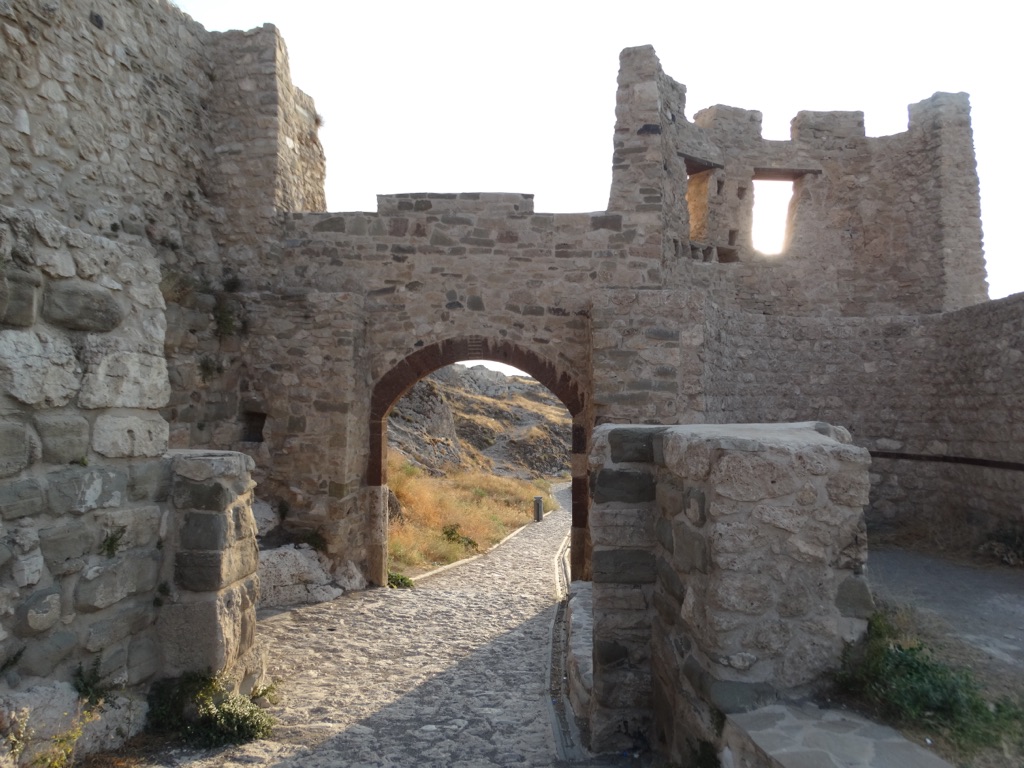
Historical Background of Van Fortress
Ancient Origins and Urartian Power
Van Fortress, an iconic structure in Eastern Turkey, dates back to the 8th century BCE. It served as the heart of the Urartian Kingdom, a center of power and cultural brilliance. The Urartians engineered this impressive stronghold on a hill overlooking the expansive Lake Van. Initially, it was a symbol of strength against invaders. Moreover, it was a monumental testament to their skilled craftsmanship and artistic prowess.
The Fortress’s Strategic Importance
Strategically located, Van Fortress was pivotal in controlling the surrounding regions. This prime position gave its inhabitants a sweeping view of potential threats. It also allowed the Urartians to manage the trade routes effectively that passed by the lake. The fortress’s walls, some stretching up to 20 meters tall, protected the interior palaces and temples. Consequently, it remained unconquered for centuries, serving as a formidable bulwark.
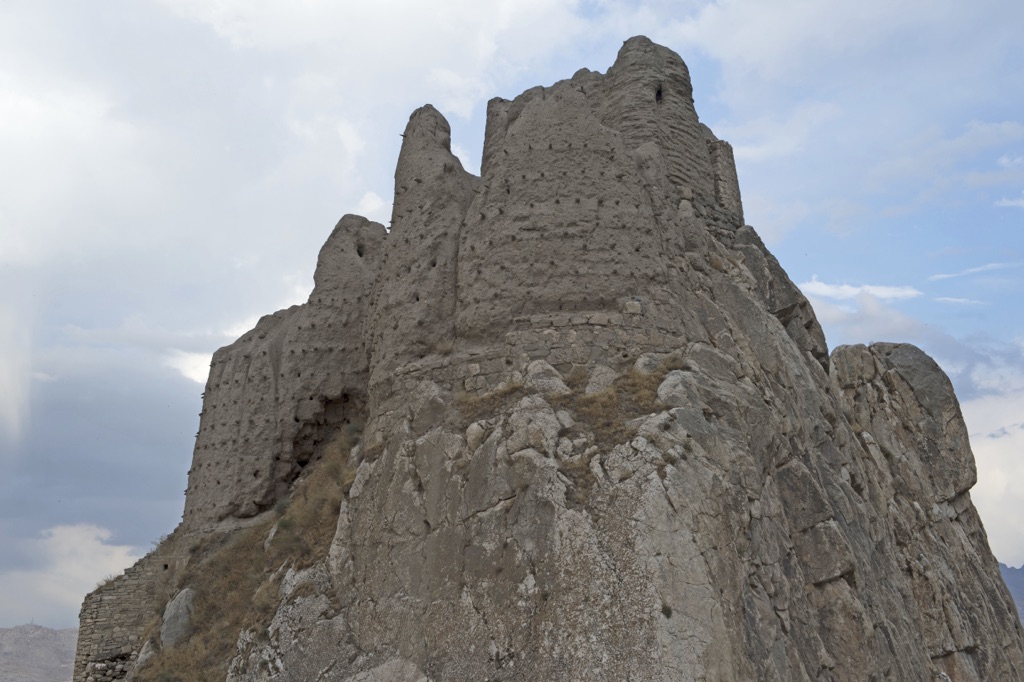
Architectural Innovations
The impressive engineering of Van Fortress included an advanced water management system. Aqueducts and canals showcased the Urartians’ understanding of hydraulics. These innovations ensured a steady water supply, a necessity for any large settlement at the time. Additionally, granaries and storage rooms within the fortress’s perimeter highlight how the society prepared for the harsh winters of Eastern Anatolia.
Artistic and Religious Significance
While Van Fortress was a military marvel, it was also a rich cultural hub. The site housed elaborate temples dedicated to Khaldi, the chief deity of the Urart.
Historical Background of Van Fortress
Ancient Origins and Urartian Power
Van Fortress, an ancient colossal perched in Eastern Turkey, harks back to the 8th century BCE. It once thrived as the Urartian Kingdom’s stronghold, a beacon of power and innovation. Crafted atop a rugged hillside, the fortress presided over the serene expanse of Lake Van. It stood not just as a formidable bulwark against invaders but also as a masterpiece of the Urartians’ architectural and artistic capabilities.
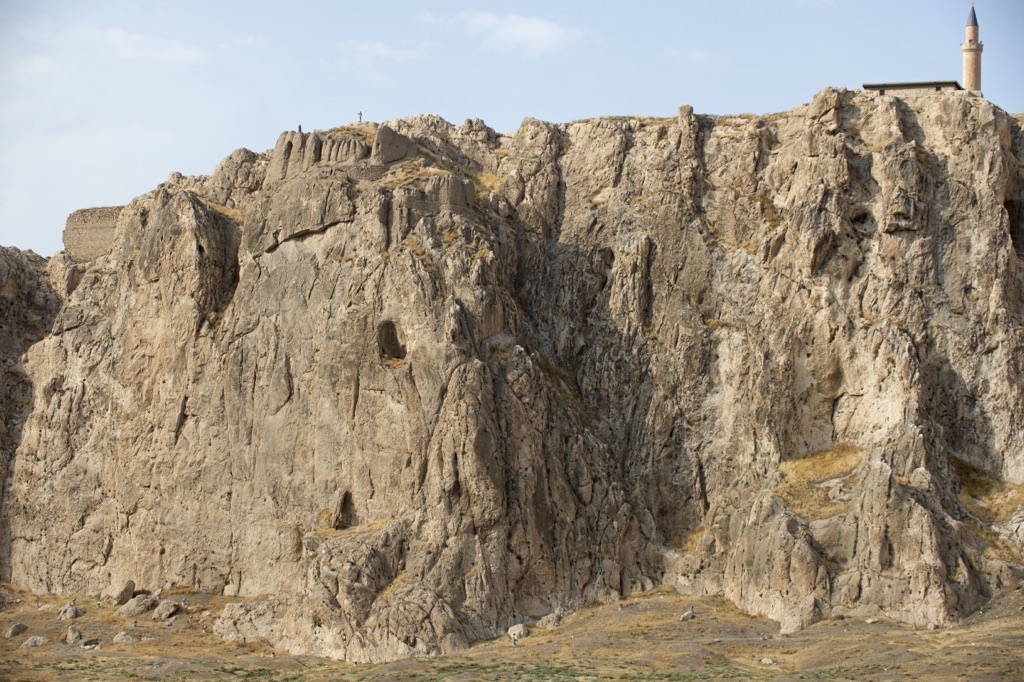
Strategic Significance and Defense
Set in a strategic vantage point, Van Fortress played a crucial role in regional dominance and trade. Its elevation provided unmatched views, warning of incoming threats and allowing control over inescapable trade routes skirting the lake. The fort’s towering walls, which in places stood up to 20 meters high, protected its inner sanctum of palaces and sacred sites. These defenses cemented its place in history, remaining unassailed for generations.
Architectural Brilliance
The foresight of the fortress’s builders manifested in its advanced water conduits. A sophisticated system of aqueducts and channels revealed a deep understanding of hydraulic engineering. They secured a persistent water supply, critical for the fortress’s populace. Inside the citadel, storage facilities bear testament to the Urartians’ preparedness for the arduous Eastern Anatolian winters.
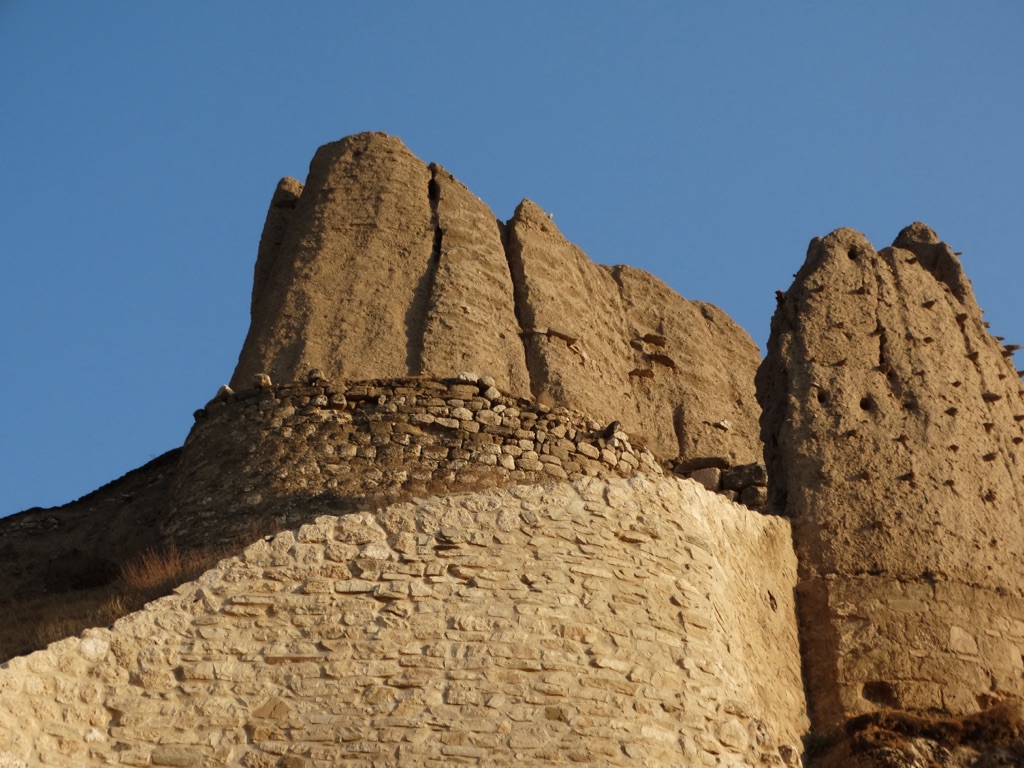
Cultural and Religious Hub
Van Fortress was more than a military site; it was a locus of cultural and spiritual activity. The sacred precincts housed intricate temples devoted to Khaldi, the Urartians’ chief deity, signifying the fortress’s religious prominence. These sanctuaries were lavishly adorned with intricate carvings and metalwork, signaling a society that valued art and ceremony as highly as it did fortification.
Legacy and Preservation
The legacy of Van Fortress transcends time, encapsulating the ingenuity of an ancient civilization. Present-day preservation efforts aim to safeguard this treasure, allowing it to educate and inspire. As a pivotal historical site, it attracts scholars and tourists, eager to encounter a past that continues to resonate through the ages. The fortress stands as a living history book, with each stone telling a tale of human endeavor and endurance.
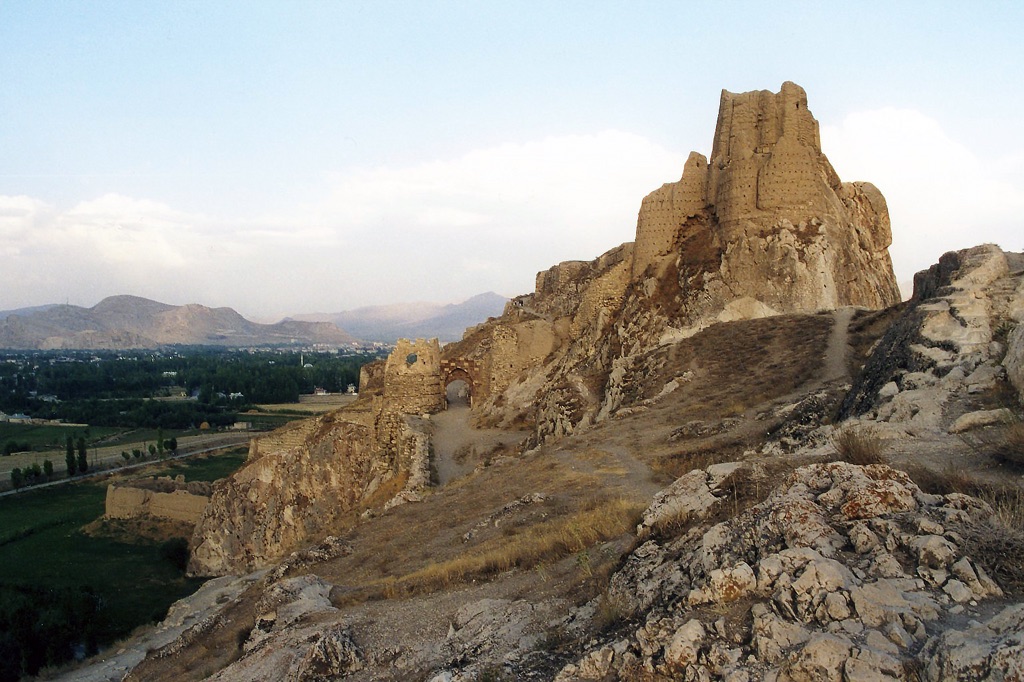
The Discovery of Van Fortress
Uncovering the Past: Initial Findings
The discovery of Van Fortress emerged from the mists of history during the 19th century. European travelers and scholars stumbled upon the ancient ruins. It reignited global interest in the once-mighty Urartian Kingdom. Notably, the explorer Friedrich Eduard Schulz provided the initial detailed descriptions in 1828. Tragically, his eventual murder in the region cut his research short. Nonetheless, his work laid the foundation for future excavations.
Dedicated Archaeological Efforts Begin
Following Schulz’s pioneering work, interest in Van Fortress grew. This interest peaked when the German scholar Karl Sester located the inscriptions at the site in 1878. His discovery drew international scholars to the area. They began a more methodical approach to uncovering Van’s history. Subsequent excavations unveiled layers of the fortress’s past. They gave the world a glimpse into a long-lost civilization.
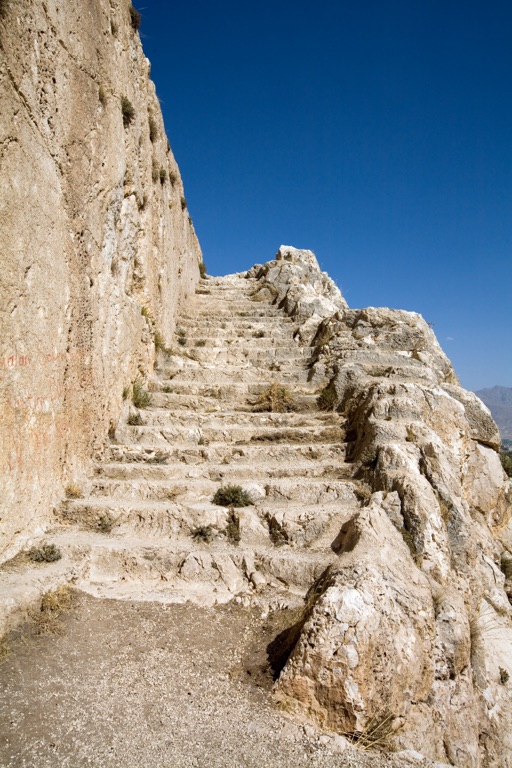
The Twentieth Century and Beyond
The 20th century ushered in a more structured study of Van Fortress. Various expeditions throughout the century, notably by teams from the United States, Great Britain, and Turkey, peeled back centuries of obscurity. They brought the grandeur of the Urartians to light. Work by Tahsin Özgüç in the mid-20th century, for example, expanded our understanding of Urartian art, architecture, and daily life.
Recent Excavations and Discoveries
In recent years, Turkish and international teams have continued explorations. The Van Fortress area has become an archaeological hotspot. Here, each new find attracts academic and public enthusiasm alike. With every soil layer turned, they uncover artifacts revealing trade, war, and domestic life from millennia ago. These endeavors ensure Van Fortress remains relevant, offering fresh insights with each excavation season.
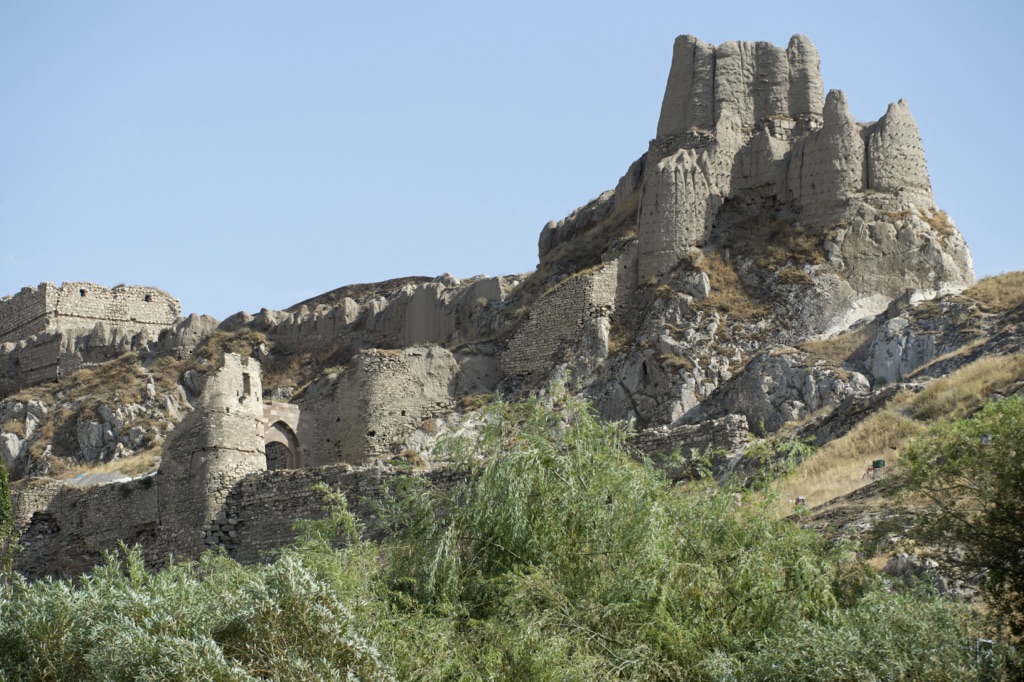
Van Fortress Today
Today, Van Fortress stands as a testament to human history, thanks to enduring archaeological interest and discovery. Its ruins, still holding secrets, entice a new generation of explorers and history lovers. Through careful study and conservation, the fortress remains a bridge between the past and present. It continues to divulge age-old mysteries to those willing to delve into its depths.
Cultural Significance, Dating methods, Theories and Interpretations
Van Fortress: A Cultural Beacon
Van Fortress has stood as a cultural stronghold since the Urartian era. It reflects the social and religious life of its creators. Here, grand ceremonies honored gods like Khaldi. Art and architecture flourished among its walls. The fortress today symbolizes the cultural might of the Urartians. It also reveals their profound influence on later civilizations. The intricate carvings and symbols scattered across Van offer a window into their beliefs and values.
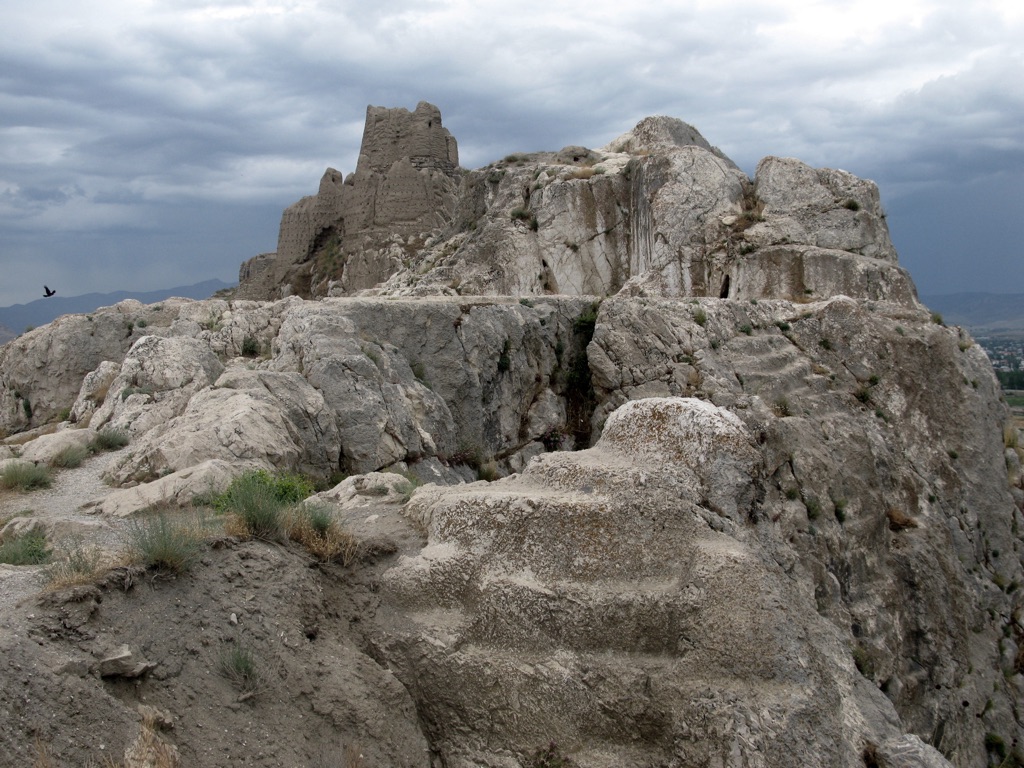
Debates and Theories
Scholars have proposed various theories to explain the fall of the Urartian kingdom. Some suggest a sudden invasion. Others believe it was a gradual decline due to environmental pressures. Studies continue to examine evidence from the fortress and its surrounds. These may eventually provide definitive answers about the fate of this once great civilization.
Artistic Splendor and Its Interpretations
Art at Van Fortress is a topic of fascination for historians. The vibrant styles found here bear testament to a rich aesthetic tradition. Interpretations of these art forms consider the possible influence of neighboring cultures. They also explore the role of these expressions in religious and daily life.

Current Understanding and Ongoing Research
Our current understanding of Van Fortress continues to evolve. New excavations and technologies offer further insights. Scholars are revisiting earlier finds with fresh perspectives. There is a growing appreciation for the site’s complexity. The fortress’s full story is still unfolding. Today’s interpretations may change as we discover more about the enigmatic Urartians.
Conclusion and Sources
In summary, Van Fortress presents a deep insight into the powers of ancient civilizations, showcasing the cultural and architectural marvels of the Urartian Kingdom. The enigma of its history and the lasting influence on the region’s cultural landscape continue to captivate scholars and tourists alike. As modern methods refine our understanding of this site, its significance only becomes more pronounced. The ongoing research and interpretations serve as a bridge connecting the present to a rich, vibrant past. Van Fortress remains a symbol of the depth and breadth of human history, and it stands as an open book, offering its tales to those who seek them.
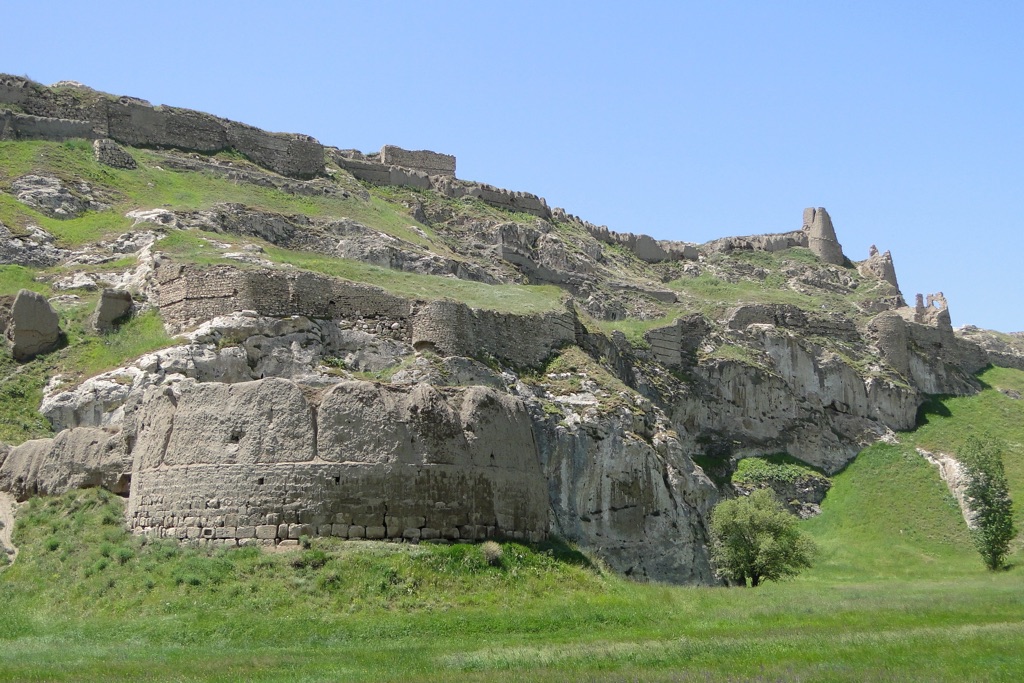
For further reading and to validate the information presented in this article, the following sources are recommended:
Or you can check any of these reputable archaeological and historical texts:
Sevin, V. (1991). The Early Iron Age in the Van Region. Anatolian Studies, 41, 207-227. doi:10.2307/3642835
Chahin, M. (1991). The Kingdom of Armenia: A History. London: Routledge. ISBN 0-7007-1452-9.
Zimansky, P. E. (2012). Ancient Ararat: A Handbook of Urartian Studies. New Rochelle, NY: Caravan Books. ISBN 0882060424.
Leick, G. (2003). Who’s Who in the Ancient Near East. London: Routledge. p. 152. ISBN 0-415-13231-3.
Kleiss, W. (1979). Burg Vane citadel on Lake Van. Istanbul: German Archaeological Institute. ISBN 9789758070430.

